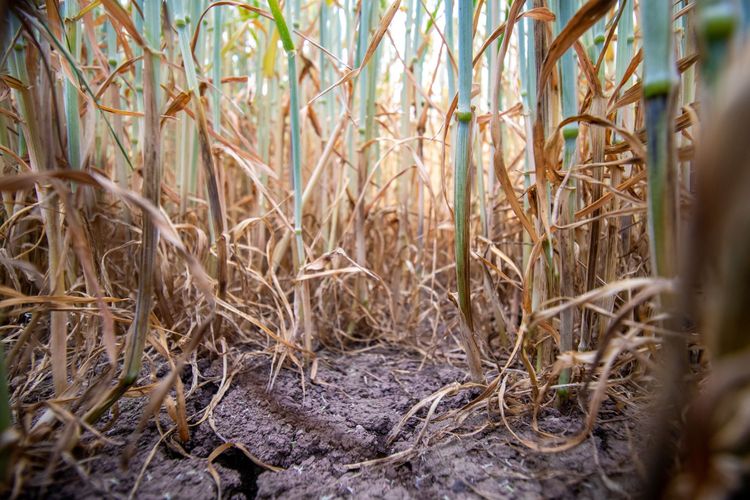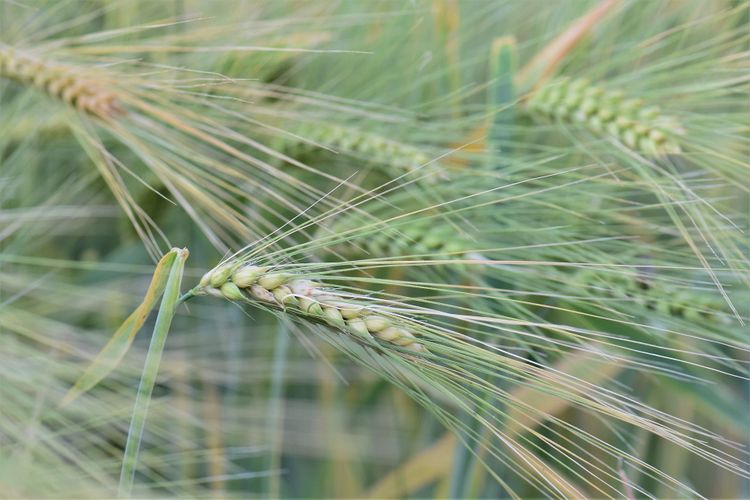Quantifying How Much US Winter Wheat Could Be Abandoned
Much needed rainfall in the US Southern Plains has improved winter wheat condition ratings and Gro Drought Index (GDI) scores in the main producing states of Kansas, Texas, and Oklahoma. The more favorable conditions should lead to fewer acres being abandoned after the crop breaks dormancy compared with expectations from just a few weeks earlier.
Dry conditions early in the season had sparked concerns that a significant portion of the US winter wheat crop could be abandoned, or plowed under, in the spring, reducing production for the year. Gro’s US Hard Red Winter Wheat Yield Forecast Model is currently predicting an average yield of 41.46 bushels/acre, down 3% from last year.
A Gro analysis of historical data shows that abandoned acres are typically much greater in Texas and Oklahoma than in Kansas. Over the past decade, an average of 52% of winter wheat acres in Texas were abandoned before spring harvest. In Oklahoma, the average is 36%, and in Kansas, the No. 1 producing state, only 6.7% of acres were abandoned, the Gro analysis shows. Dry years tend to have higher percentages of abandoned acres.
This year could see below average rates of abandoned acres, especially in Kansas and Oklahoma. GDI readings for those states have improved significantly since the beginning of March and are currently more favorable than the 10-year average. In Texas, however, a GDI measure of 1.75 as of April 3, weighted just for wheat cropland, was slightly above the decade average of 1.64, suggesting a close-to-average rate of abandoned acres.
The Gro Drought Index, which provides fully automated, high-resolution measurements of droughts at the district level, measures drought severity on a scale from “0” or no drought to “5” or severe drought. Using the Gro Explorer App, GDI and other climate and weather series, can be weighted by crop for every region of the world.
Farmers’ deciding whether to abandon acres depends on multiple factors, including market prices. As winter wheat emerges from dormancy Gro users should follow Gro’s US Hard Red Winter Wheat Yield Model for state-by-state yield forecasts to track the crop’s development.
This insight was powered by the Gro platform, which enables better and faster decisions about factors affecting the entire global agricultural ecosystem. Gro organizes over 40,000 datasets from sources around the world into a unified ontology, which allows users to derive valuable insights such as this one. You can explore the data available on Gro with a free account, or please get in touch if you would like to learn more about a specific crop, region, or business issue.
 Insight
InsightTexas Cotton Prospects Wither as Extreme Heat Continues
 Insight
InsightMorocco’s Drought-Imperiled Wheat Crop Points to Untimely Import Pressure
 Insight
InsightLow US Hard Red Winter Wheat Production Likely, Despite Acreage Boost
 Insight
Insight

 Search
Search